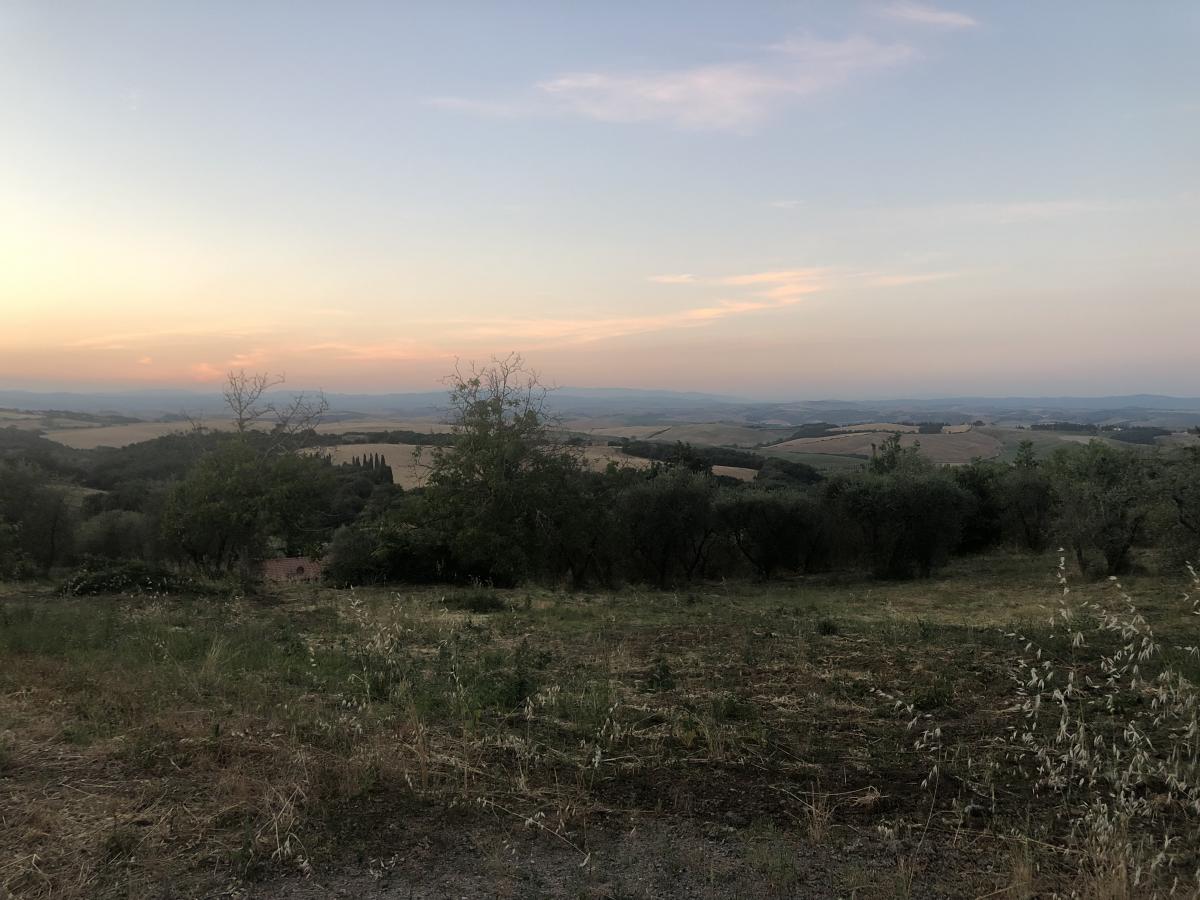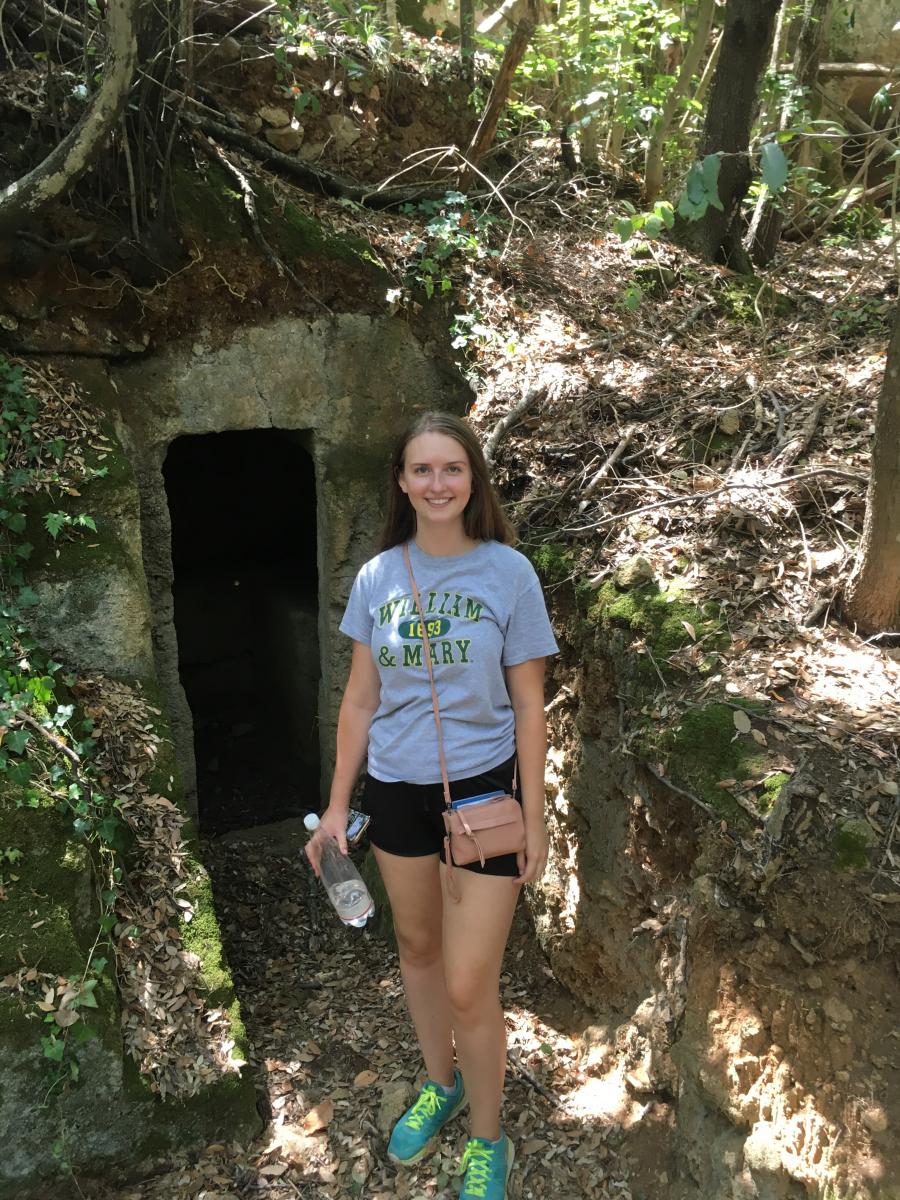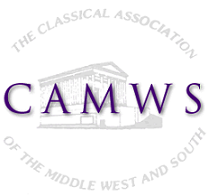Rebecca Gaborek
CAMWS Excavation Award Report
Poggio Civitate Archaeological Field School
I am grateful for my time spent this summer contributing to the excavations at Poggio Civitate in Murlo, Italy. Along with a diverse, multidisciplinary team of excavators—from biologists to illustrators, first-year archaeology students to seasoned professionals—we broke ground on new trenches to help answer questions about the domestic lives of the non-elite inhabitants of the site. Poggio Civitate, famous for its enormous four-winged building and mysterious destruction, also reveals tantalizing information about the less flashy but equally important aspects of Etruscan daily life: manufacturing, industrial production, and non-elite dining, to name a few.
I enjoyed shedding light on these activities while rotating between different excavation units. Each trench director offered a unique perspective on the material culture of Poggio Civitate and the importance of our work there. Their guidance quickly acclimated me to the physical demands and intellectual rewards of participating in archaeological fieldwork. Even a small piece of slag or a broken piece of terracotta could provide context for broader lines of inquiry. Although I left the excavation early due to a personal emergency, I was able to glean a solid foundation in Etruscan archaeological field methods and to gain a deep appreciation for the ancient peoples of the area.
Sifting through layers of stratigraphy and witnessing artifacts in situ—reading excavation reports and doing my part to help produce them—has allowed me to learn about antiquity in the most thorough way possible. Becoming a member of the Poggio Civitate project has not only enriched my archaeological skills in preparation for my future as a PhD student of Classical archaeology, but has also helped me to conserve a rich historical legacy. The Greco-Roman world is my passion. More than anything else, I hope to share that passion with my peers by ensuring that the archaeological record—the best testament to that world—is properly excavated, documented, and displayed for the benefit of posterity.
 |
 |
|
| The view on the hike up to the excavation site, overlooking the rolling hills of Tuscany. | Gaborek visiting a nearby Etruscan site during one of herr free weekends. Here is a chamber tomb from the Hellenistic Grotte necropolis at the Baratti and Populonia Archaeological Park. |
